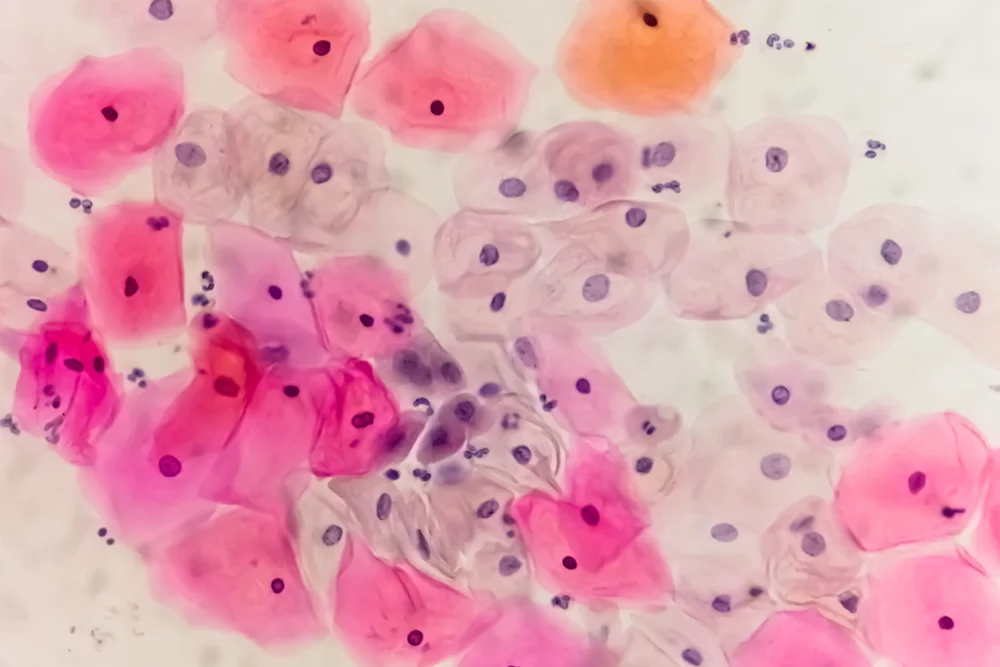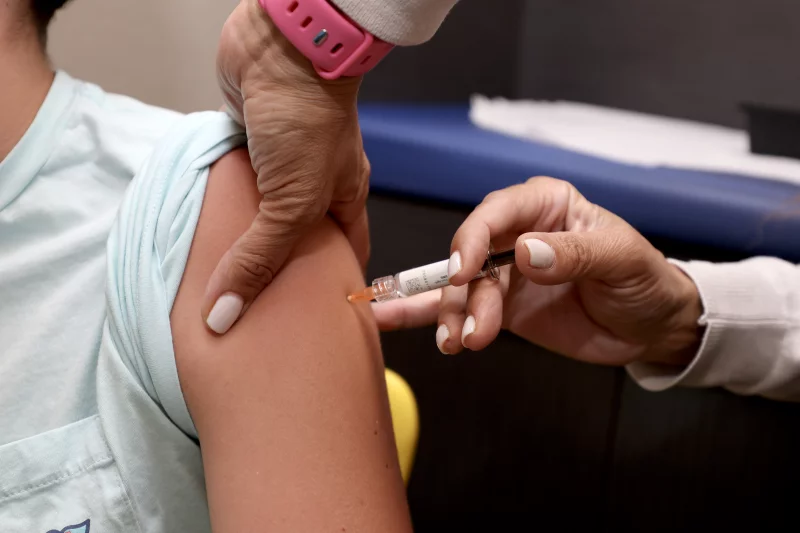Eating disorders have long been associated with adolescents and young adults, but emerging research and clinical observations indicate that women in midlife are increasingly affected. A phenomenon often referred to as “menorexia” describes the onset or recurrence of eating disorders in women typically between the ages of 40 and 60. Despite its growing prevalence, menorexia remains under-recognized, leading to delayed diagnosis and treatment in a population already facing unique physiological and psychosocial challenges.
What Is Menorexia?
Menorexia is a term coined to describe the reappearance or emergence of disordered eating during midlife. Unlike the more commonly discussed adolescent eating disorders, menorexia occurs during a phase of life marked by significant hormonal changes, family dynamics, career transitions, and social pressures.
Women affected may exhibit behaviors associated with anorexia nervosa, bulimia, or binge-eating disorder. Some may severely restrict calories to control weight, while others engage in cycles of bingeing and purging. Despite outward appearances, these behaviors can mask deep emotional distress and self-esteem issues.
Contributing Factors to Midlife Eating Disorders
Several intertwined factors make midlife women vulnerable to menorexia:
- Hormonal Shifts
Perimenopause and menopause cause fluctuations in estrogen and progesterone levels. These hormonal changes can influence appetite, metabolism, and mood, often intensifying anxiety and body dissatisfaction. - Life Transitions and Stressors
Midlife often coincides with children leaving home, aging parents requiring care, career plateaus, or relationship changes. The stress and sense of loss associated with these transitions can trigger disordered eating as a coping mechanism. - Societal Pressure and Aging
Cultural emphasis on youth and slimness affects women of all ages. The media’s portrayal of idealized bodies can exacerbate insecurities, prompting unhealthy weight-control behaviors. - History of Eating Disorders
Women with a past history of eating disorders are at a heightened risk of relapse during midlife. Old coping mechanisms may resurface during times of stress or emotional upheaval. - Mental Health Challenges
Depression, anxiety, and obsessive-compulsive tendencies can contribute to disordered eating. In some cases, eating disorders serve as a means of regaining perceived control over one’s life.
Recognizing the Signs of Menorexia
Detecting menorexia can be difficult, as symptoms may present differently than in younger individuals:
- Preoccupation with food, calories, and body image
- Strict dieting or calorie restriction despite adequate or excessive nutrition elsewhere
- Binge-eating episodes followed by guilt or purging behaviors
- Excessive exercise aimed at controlling weight
- Physical changes, including weight fluctuations, fatigue, or gastrointestinal issues
- Emotional distress, such as irritability, anxiety, or social withdrawal
Because many midlife women are expected to prioritize family, career, and social obligations, their struggles often go unnoticed, allowing disordered behaviors to persist for years.
Health Implications of Midlife Eating Disorders
Eating disorders in midlife carry significant physical and mental health consequences:
- Bone health issues: Prolonged caloric restriction or hormonal imbalances can accelerate osteoporosis risk.
- Cardiovascular strain: Malnutrition, electrolyte imbalances, and extreme dieting can lead to arrhythmias or high blood pressure.
- Metabolic dysfunction: Disordered eating may exacerbate insulin resistance or contribute to weight cycling, increasing the risk of diabetes.
- Mental health deterioration: Anxiety, depression, and heightened self-criticism are common, often creating a feedback loop that perpetuates the disorder.
- Gastrointestinal complications: Purging and restrictive eating can cause chronic digestive issues and nutrient deficiencies.
Midlife women may also face delayed medical intervention due to the misconception that eating disorders primarily affect younger people, worsening outcomes.
Treatment and Recovery Options
Successful treatment of menorexia involves a multidisciplinary approach addressing both physical and psychological aspects:
- Psychotherapy
Cognitive Behavioral Therapy (CBT) and other evidence-based modalities help patients identify triggers, reframe negative thoughts, and develop healthier coping strategies. - Nutritional Support
Registered dietitians guide women toward balanced eating habits, nutritional adequacy, and a sustainable relationship with food. - Medical Management
Regular health monitoring addresses the long-term physical effects of eating disorders, including cardiac, metabolic, and bone health concerns. - Support Networks
Peer groups and support communities provide validation, reduce isolation, and offer shared coping strategies. - Medication
In some cases, antidepressants or anti-anxiety medications may be prescribed to manage coexisting mental health conditions.
Breaking the Stigma
Menorexia underscores the importance of recognizing that eating disorders are not confined to youth. Society often overlooks midlife women’s struggles, reinforcing the misconception that body image issues are irrelevant after a certain age. Breaking this stigma is essential for early intervention and effective treatment.
Education campaigns, professional training for healthcare providers, and public awareness efforts can help ensure that midlife women receive timely support and resources. Encouraging open conversations about body image, mental health, and eating behaviors can foster a culture of understanding and acceptance.
Conclusion
Menorexia represents a growing and often overlooked health challenge for midlife women. Hormonal changes, life stressors, societal pressures, and past eating disorder history converge to create a vulnerable population that requires tailored support and treatment.
Early recognition, compassionate care, and access to multidisciplinary treatment can help women regain control over their physical and emotional well-being. Recovery is possible at any age, and increased awareness of menorexia is the first step toward addressing this hidden epidemic.












Leave a Reply